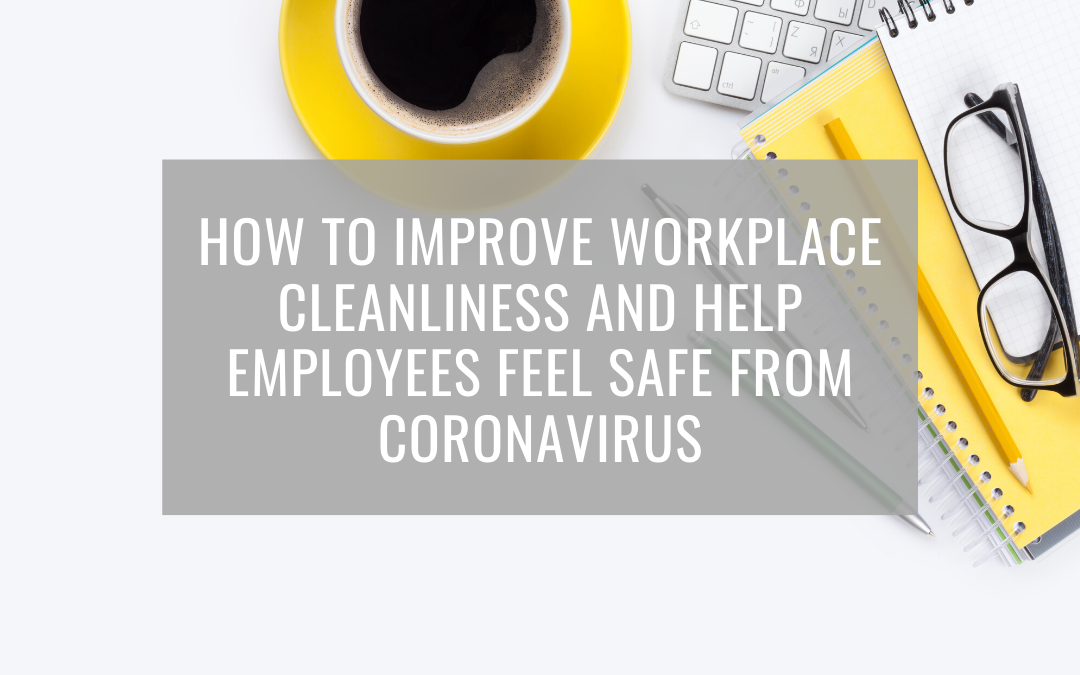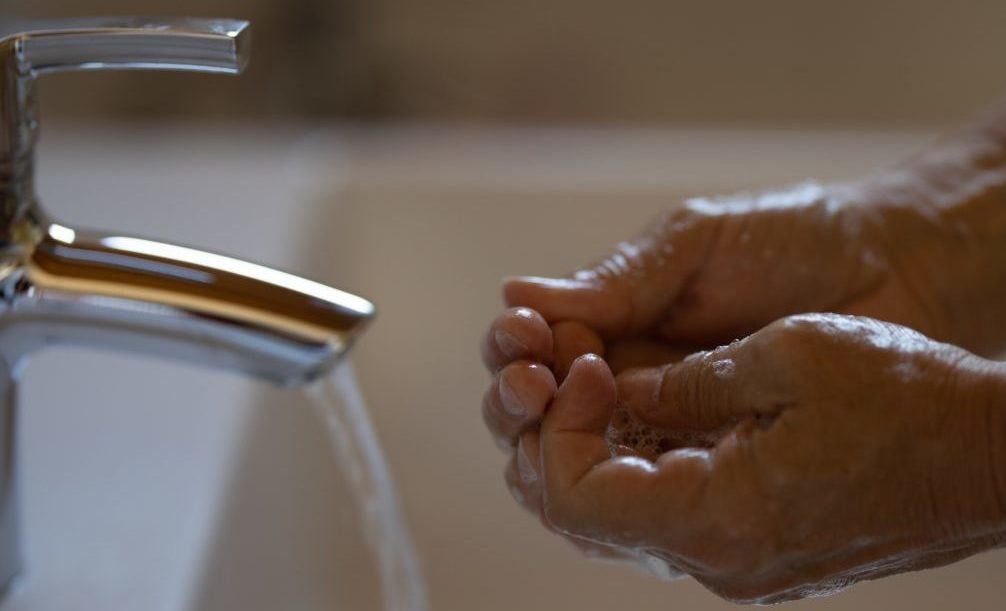Workplace cleanliness has always been important, but never more so than now. Don’t miss these tips for keeping your facility clean and safe.
Workplace cleanliness is on the minds of every in-house service provider lately. As the country takes steps toward returning to work, there is a lot of concern, especially in areas hard hit by the coronavirus. It’s additionally challenging since the information we have seems to change regularly. What we think we know today about coronavirus may not be entirely accurate in a week or two.
Even though many of the details about the virus are changing, there is substantial evidence that much of what we know about cleaning in the wake of pandemics, or even the seasonal flu, appears to be largely correct. Studies support the fact that this coronavirus, like many similar viruses, is rendered inactive as long as we use the right cleaners and allow for the proper contact time.
The upside for in-house cleaning teams is that many of the workplace cleanliness guidelines we already use may just need some minor adjustments to be effective in keeping our facilities safe. What are some of those adjustments? And how can we go beyond that to help the people we work with feel comfortable when coming back to work?
Keep up with your supplies, schedules, and all your custodial cleaning checklist with Janitorial Manager. Get in touch today for a free, no-obligation demo and learn how it works.
Making workplace cleanliness the first line of defense against coronavirus
By now, there are probably a number of changes you’ve made in how you approach cleaning your facilities, but a quick review never hurts.
One of the essential aspects of workplace cleanliness in combating coronavirus is frequency. Because your facilities have regular traffic from any number of people, you and your team will need to keep a strict cleaning and disinfecting schedule. This is especially true in restrooms, where you generally have lower ceilings and less square footage, meaning potentially contaminated airborne particles don’t have as much space to dissipate.
The Centers for Disease Control and Prevention (CDC) recommends “routine cleaning of frequently touched surfaces.” That’s a little vague, so what does it mean? In Jefferson County, Colorado, park system employees clean the restrooms three times a day. In Finland, the Institute of Occupational Health recommends cleaning public restrooms every two to four hours. And McDonald’s expects its franchises to clean all high-touch surfaces, including restrooms, every 30 minutes.
In other words, there is no specific protocol for workplace cleanliness when it comes to the frequency of cleaning and disinfecting. It will be up to you to determine what “regular cleaning” means, based on the number of people in your facility. Whatever you decide, though, ensure your team sticks to it. You don’t want to skip a cleaning or two accidentally.
Keep Using Disinfectants Certified by the EPA
You are also likely using disinfectants certified by the Environmental Protection Agency (EPA) as effective against coronavirus. If you haven’t yet made the switch, there is an expansive list of acceptable disinfectants on their website.
Staggering schedules and limiting contact has been in the news a lot lately, as well. In terms of your team and workplace cleaning, this might mean that Employee A is responsible for the first and second floor of your building, Employee B has the third and fourth floor, and so on.
That would also entail making your cleaning equipment specific to an individual employee. So to the extent possible, each person has their own spray bottles, brooms, and other equipment and supplies. Seeing the same person each day, with the same equipment, will help other people in the building feel like your team is taking care to limit exposure, and it will, in fact, help keep your team safe.
And, of course, always have your team wear a cloth face covering at least, making sure that the cloth covers both their mouth and nose. For many cleaning situations, you’ll need more than that, but consider that your baseline.
Other Ideas to Keep Your Team Safe
Workplace cleanliness isn’t your job exclusively, though. Something that often gets overlooked is, perhaps, one of the easiest things you can do: ask for help. As more and more people come into your building (or buildings), don’t be afraid to distribute information and ask for help in maintaining a safe work environment for everyone.
Share the steps you and your team are taking to ensure safety (pre-work temperature checks, paid time off for anyone exhibiting symptoms of illness, and your cleaning routine). Ask anyone working in the building to help prevent the spread of the virus by following proper handwashing protocols and cleaning up after themselves. And remind them that your team is taking more time to clean more thoroughly and regularly than ever.
Furthermore, if you have multiple locations, designate someone in each facility to be a point person that building occupants can contact with questions or concerns. Sometimes, just knowing someone is there who you can talk to is enough to help allay concerns.
The changing science of COVID-19
And about that continually changing science? There’s a reason for that.
The very nature of science is that it is always updated as new information becomes available. (We once believed the sun revolved around the earth, for example.) That’s why scientific studies are continually repeated, and why there may be different answers to the same questions.
Think about it in terms of growing a garden. You experiment with different fertilizers, different plants, the amount of water you give your garden, and so on. Some plants may thrive while others fail. You keep at it, using what works to improve your results.
That’s more or less what the scientific process is. That’s also why it’s essential to keep up with the latest updates from your favorite professional organization or cleaning news source.
You already are way ahead in workplace cleanliness. The next step is letting people know what you are doing to keep them safe – and how they can help.
Make sure your cleaning team has the information they need to complete their job accurately and thoroughly. Implementing a janitorial software like Janitorial Manager can effectively transform your cleaning operation!


